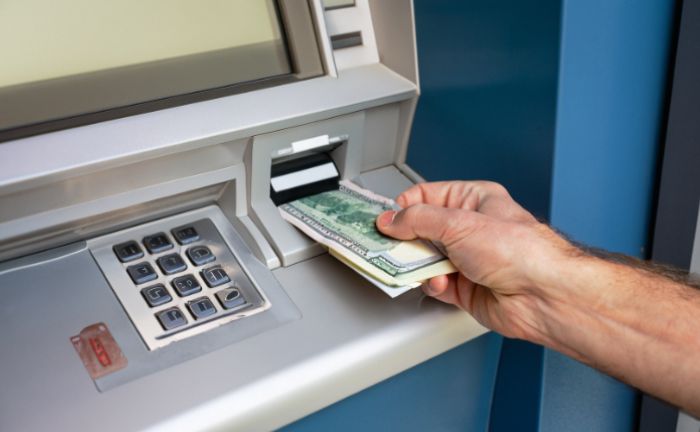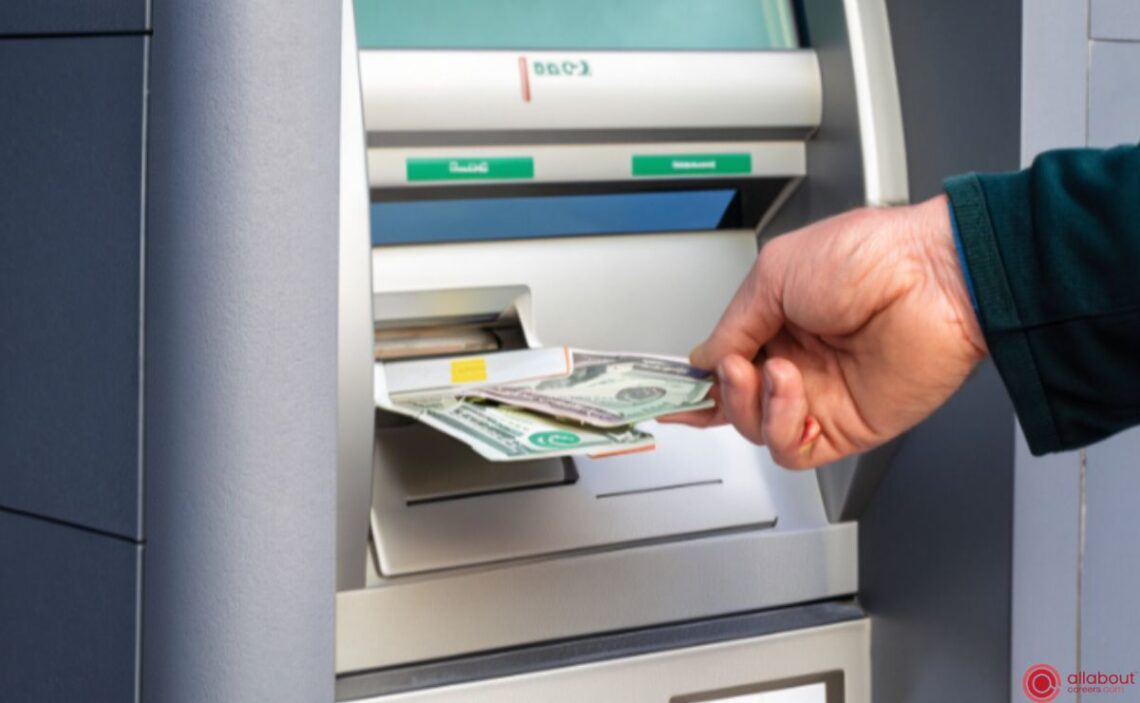In various circumstances, we frequently encounter the need to withdraw cash from an ATM, only to be confronted with the exasperating reality that none of the ATMs within our vicinity are affiliated with our own bank network. This predicament leaves us with no alternative but to utilize the nearest available ATM, regardless of its association with our bank.
Nevertheless, it is of utmost importance to acknowledge and consider that certain financial institutions enforce an additional charge, commonly referred to as a surcharge, for cash withdrawals made by individuals not members of their specific bank. This surcharge serves as a means for these banks to compensate for the convenience and accessibility they provide to non-members through their ATM networks.
What are out-of-network ATM fees, and how do they work?
Out-of-network ATM fees are charges imposed by financial institutions when individuals use ATMs that are not part of their own bank’s network. These fees are in addition to any fees charged by the ATM owner. When someone uses an out-of-network ATM, their own bank may charge them a fee for accessing cash from a different network. This fee and the withdrawn amount are typically deducted from the individual’s account.
The amount of the out-of-network fee can vary depending on the bank and the specific account terms. It is important to note that the ATM owner may also charge a fee for the transaction, which is separate from the out-of-network fee imposed by the individual’s bank.

Example of how out-of-network ATM fees work
Suppose you are traveling and need to withdraw cash from an ATM. You find one that is not affiliated with your bank’s network and decide to proceed with the withdrawal. The ATM owner charges a $3 fee for the transaction. Your bank also imposes a $2 out-of-network fee. When you complete the withdrawal of $100, your account is debited a total of $105. That means $100 goes towards the cash withdrawal, and $5 is the combined out-of-network fees.
What are in-network ATM fees?
In-network ATM fees are the charges your bank imposes when you use an ATM within their network or affiliated with them. These fees are associated explicitly with transactions conducted at ATMs that are directly linked to your bank.
The advantage of using in-network ATMs is that these fees are often lower than out-of-network ATMs. In some cases, depending on your bank and account type, these fees may even be waived entirely for account holders.
Using an in-network ATM can save money on transaction fees, especially if you frequently withdraw cash or perform other banking activities at ATMs. These in-network ATMs are typically owned or operated by your bank or are part of a more extensive network with which your bank has partnered.
Average Out-of-Network ATM Fee
In recent years, the average total cost of withdrawing cash from out-of-network ATMs has reached a new peak, reaching $4.73. This cost encompasses the fee charged by the ATM operator and the additional fee imposed by the individual’s bank.
The specific fee charged by large banks for using an out-of-network ATM can vary significantly. While some banks may charge a relatively modest fee of around $2.50 per transaction, others may impose a considerably higher fee of $5 or more. This wide range of fees underscores the significance of understanding your bank’s fee structure and being fully aware of the potential expenses of using ATMs outside your bank’s network.
Although it would be impossible for us to name all the banks in the country, we have selected some of the most recognized banks to compare the withdrawal charges. Next, let’s see each bank’s fees for withdrawing money from its network and from a network outside the bank to which you are affiliated.
[wpdatatable id=508]How to avoid out-of-network ATM fees?
To avoid or minimize out-of-network ATM fees, consider implementing some of the following strategies and tips so you don’t have to pay more than you withdraw:
- Choose a bank with low or no fees: Research and compare different banks to find one that offers low or no fees for services such as ATM withdrawals, overdrafts, or account maintenance.
- Opt for direct deposit: Many banks waive specific fees, such as monthly maintenance fees, if you have direct deposit set up for your paycheck or other regular income.
- Maintain a minimum balance: Some banks may waive fees if you maintain a minimum balance in your account. Check with your bank to see if this option is available and what the minimum balance requirement is.
- Use in-network ATMs: Stick to using ATMs within your bank’s network to avoid out-of-network ATM fees. Most banks have a locator tool on their website or mobile app to help you find nearby ATMs.
- Monitor your account: Keep a close eye on your balance to avoid overdraft fees. Set up alerts or notifications to receive updates on your account activity and balance.
- Opt out of overdraft protection: If you frequently overdraft your account, consider opting out. While this means your transactions may be declined if you don’t have sufficient funds, it can help you avoid costly overdraft fees.
- Negotiate with your bank: If you have a good relationship with your bank, you may be able to negotiate specific fees or waive them. It’s worth reaching out to discuss your options.
REMEMBER: Fees can vary between banks, so review the specific fee structure of your chosen bank to understand the terms and conditions associated with your accounts.
References
- “Average Overdraft Fee Falls 11% to Near-Two-Decade Low: Survey | Banking Dive.” Banking Dive, 5 Sept. 2024, https://www.bankingdive.com/news/overdraft-fees-nonsufficient-funds-bankrate-study-atm-fees-atlanta-bank-america-wells-bmo-truist-pnc/692726/.
- Bennett, René. “How Much Are Bank ATM Fees? | Bankrate.” Bankrate, https://www.bankrate.com/banking/how-much-are-atm-fees/.


